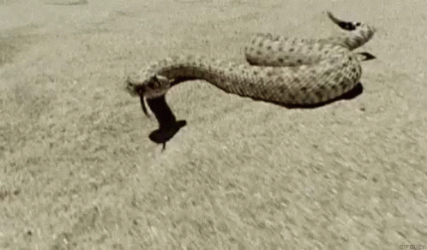Welcome to MartialTalk, SifuBoza!
Interesting, there is quite a bit more than one taan sau in Siu Nim Tao/Siu Lim Tao in all of the Yip Man lineages. Can you tell us more about who you learned from, or share a video example of your form?
And out of curiosity, what's your opinion to your own question? Can you tell us why you think there are only 1 taan sau and 3 fuk sau in the first form?
IMO, you do not need to play politics here or put other people down in order to convince us that you have the "real Yip Man Wing Chun". Really, you don't have to flex. We're pretty open-minded here, just tell us about yourself.
What's your actual experience, where does your knowledge come from, etc...?
Unfortunately, there isn't much evidence to support this claim.
Perhaps you can you tell us more about your Wing Chun.
You said you learned several Yip Man styles, we would love to hear more about that. Which lineages did you learn and who were your sifu? How long have you been training, and where? Etc..

